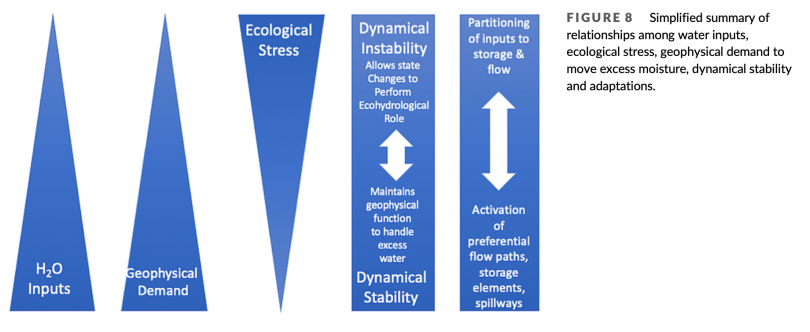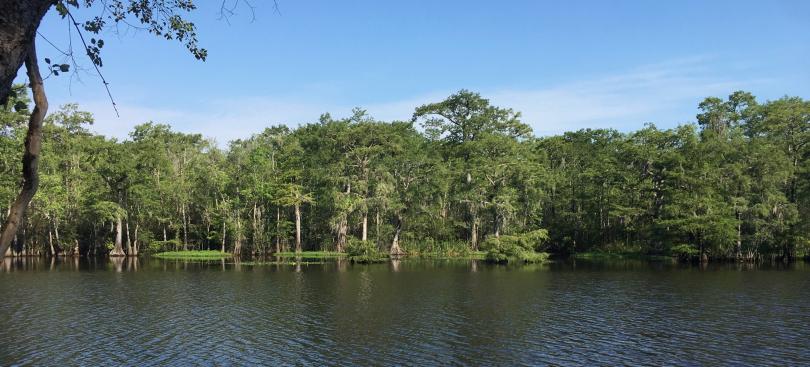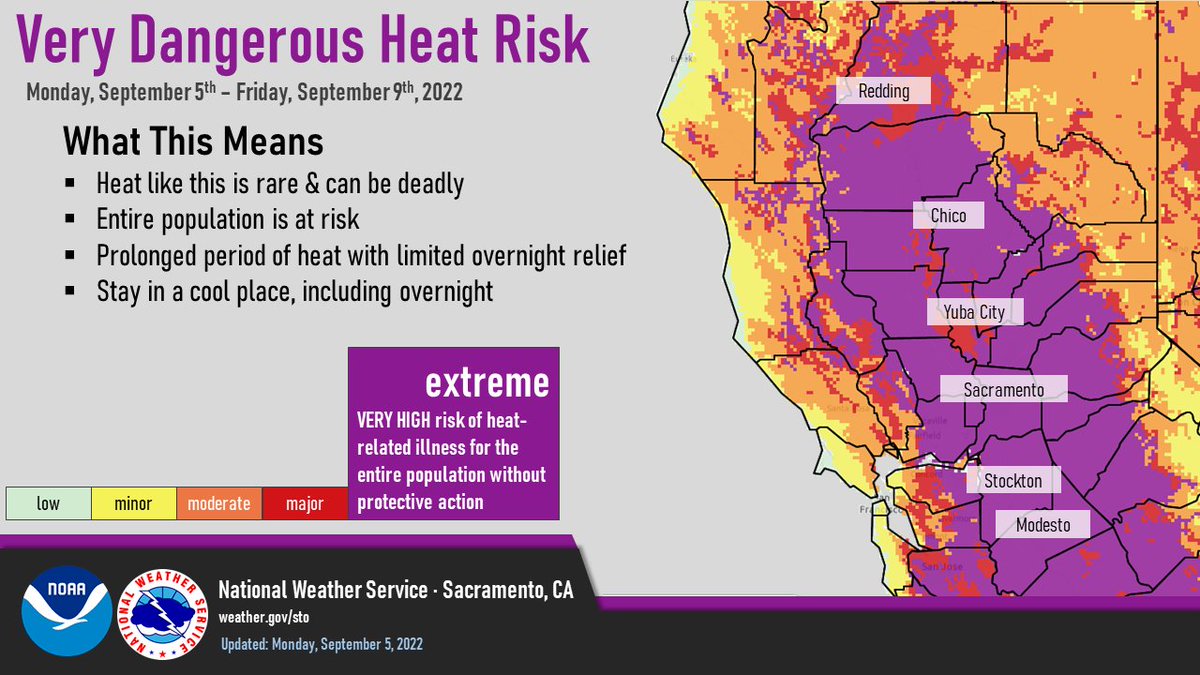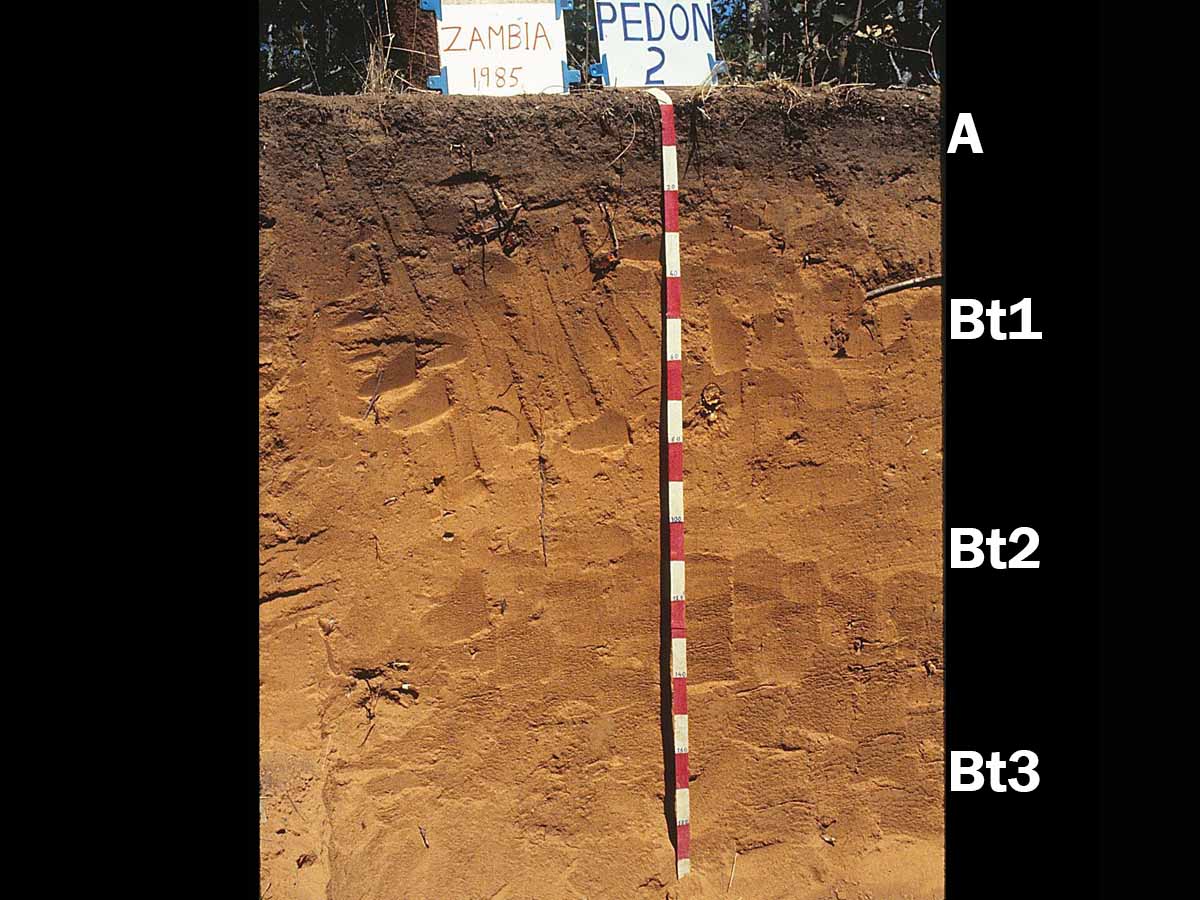Tupelo gum and bald cypress (Nyssa aquatica and Taxodium distichum) are the main trees you are likely to find in perennially flooded deepwater swamps and stream channels in the southeastern U.S.A. Once established, they can grow in sites that are always inundated. However, they cannot germinate from seeds and establish seedlings in standing water. The substrate must be exposed at least once, at the right time of year, for that to happen.
So how come you can find cypress and tupelo growing in perennially flooded areas, in standing water, that apparently never dry out? How do they get a start on the bottom of a stream or lake?
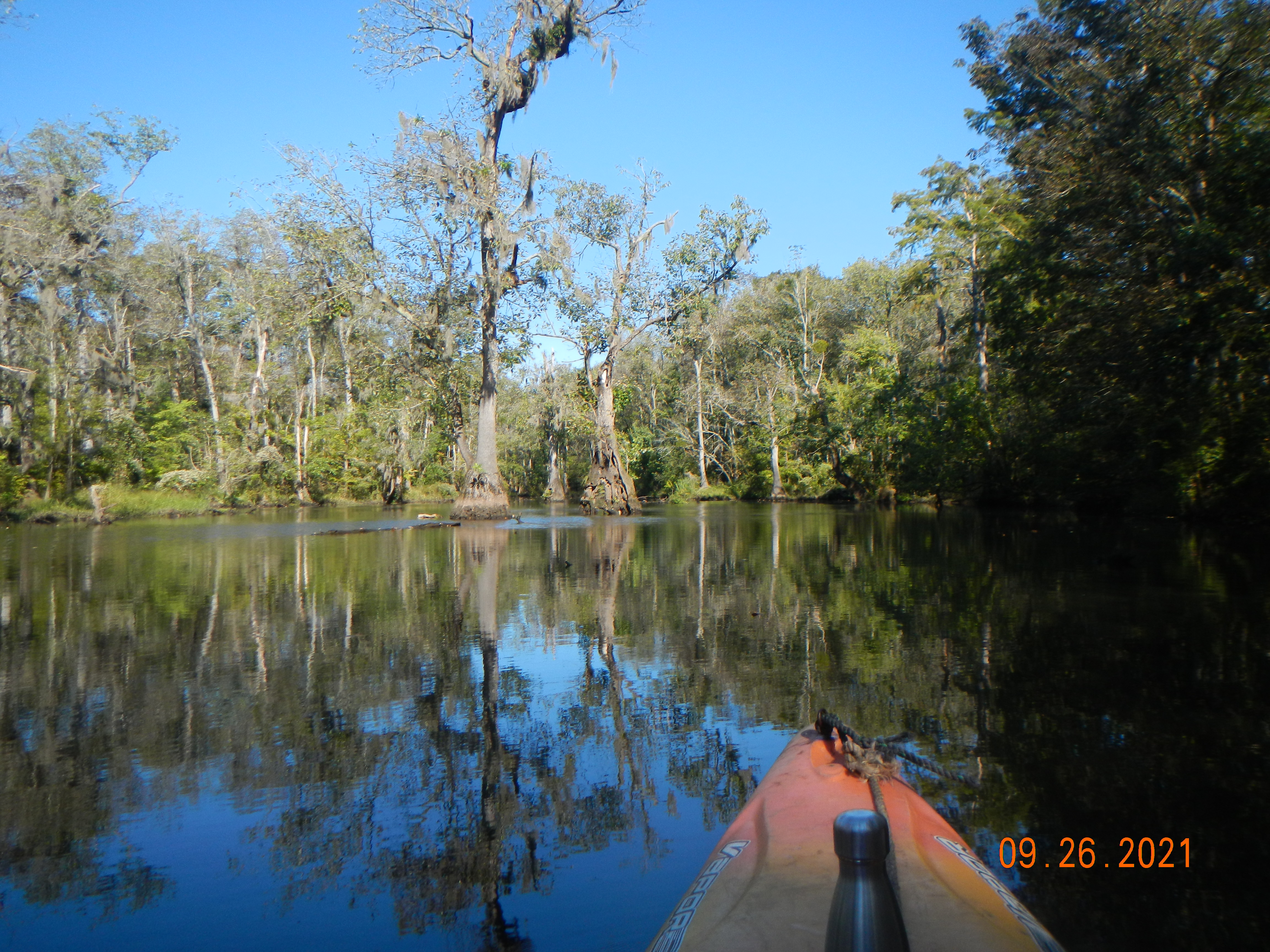
Pinetree Creek, an anabranch of the lower Neuse River, N.C.
The obvious answer is that they (or their parents, if they grew from stump sprouts or nurse logs) got their start when the site was not flooded, or always inundated, or that they got their start on some raised spot within the water that is no longer evident.
